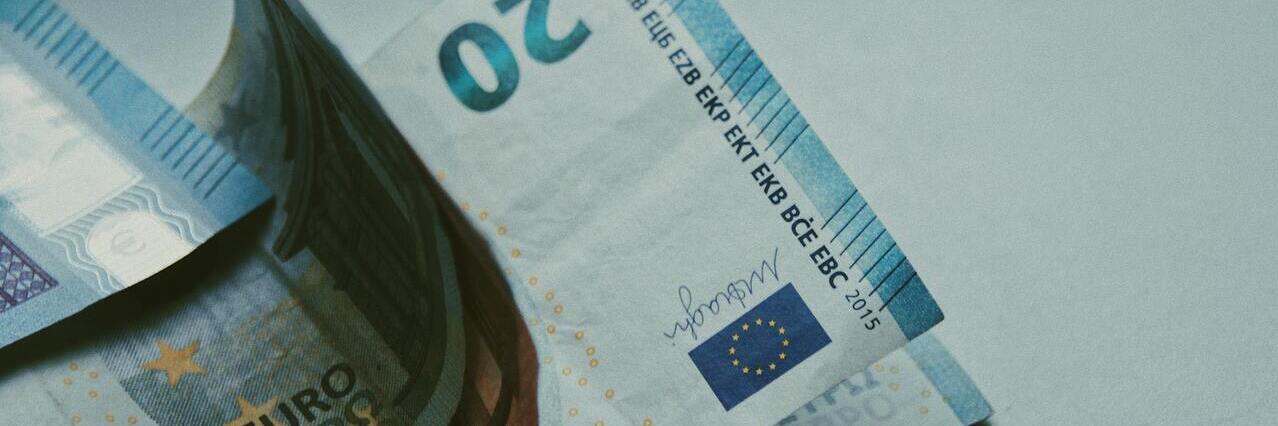EXECUTIVE SUMMARY
- At tomorrow’s policy meeting, the ECB will sound the starting gun for its first rate-hiking cycle since the Global Financial Crisis. We expect the ECB to announce the end of net asset purchases and to pre-commit to a 25bps rate hike in July – the first one in 11 years. Meanwhile, all eyes will be on any recalibration of the ECB’s forward guidance for its policy-normalization path, including any indication of the envisioned pace and the terminal rate.
- Despite high inflation pressures, the ECB is likely to pursue a gradual but resolute normalization of its monetary stance in H2 2022. After July, we expect to see two additional 25bps rate hikes this year (September and December). Market expectations of a much more aggressive normalization pace, including a 50bps rate increase, seem unlikely to materialize. After all, medium-term inflation prospects look much more contained and high uncertainty around the macroeconomic outlook calls for gradualism.
- In 2023, the ECB’s normalization drive will increasingly run out of steam before the effective policy rate reaches neutral territory. In addition to mounting growth headwinds due to higher-for-longer energy prices, supply-chain bottlenecks and geopolitical uncertainty, rising Eurozone fragmentation risks will weigh on the ECB’s normalization plans. With the Fed likely to hit the pause button on its hiking ambitions in 2023, it will become harder for the ECB to swim against the tide and continue on its normalization path. Therefore, we only pencil in two rate hikes for 2023 – both of which should take place in the first half of the year.
- Where are thou, neutral rate? Rates markets put the ECB to the “hawkishness test” by pricing in a 220bps increase in the policy rate within the next 12 months – identical to the tightening speed priced in the US. Behind this is the search for the upper limit for the neutral rate, which also drives the long end of the curve upwards with 10y Bund yield trading above 1.3%. We see the neutral rate below current market pricing and expect the 10y Bund to stabilize at 1% at year-end.
- Risky assets will remain extremely sensitive to the ECB’s evolving monetary stance. If the ECB comes out more hawkish than expected, this could spook market participants, leading risky assets deep into a bear market. In this situation, corporate risk would be quickly repriced and the lower end of the rating spectrum would struggle to find financing. However, a more-dovish-than-expected ECB (as in our baseline scenario) should provide some cushioning for both equity and corporate credit, especially within the high-yield spectrum. In this scenario, we expect European equities to finish 2022 close to flat while investment grade corporate credit remains range-bound (130-160bps).

















